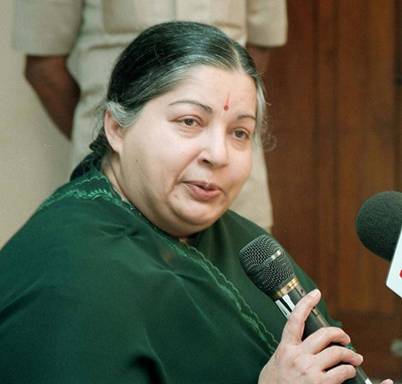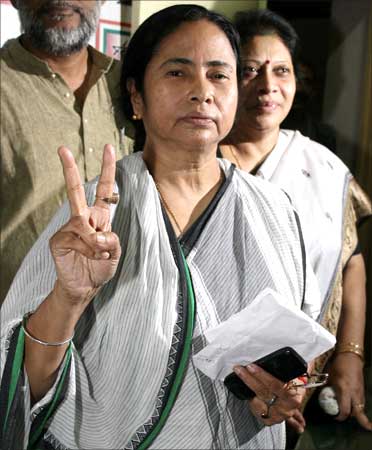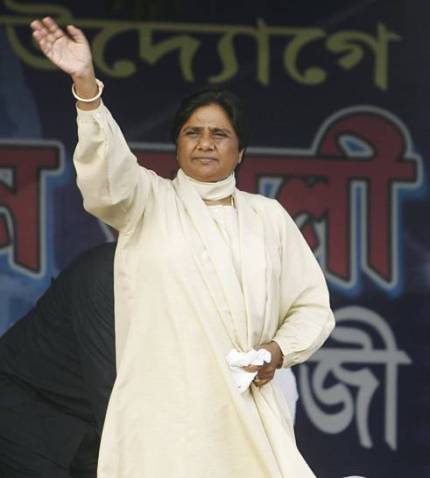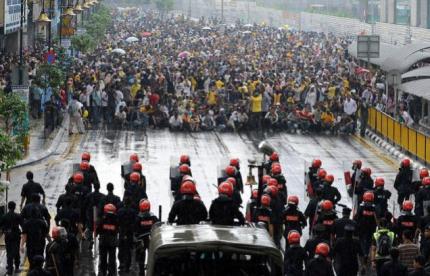From The Hindu:
The government is now allowing activist Anna Hazare to carry on his fast for two weeks, and then they will ‘review’ the situation. Hazare says the government has not yet attempted to discuss the anti-corruption legislation with him.
Supporters of Hazare are asking why the government had the power to arrest Hazare and then release him two hours later, claiming that this reactive action was illegal, undemocratic and “smacks of dictatorial tendencies.”
Solidarity.
India has a history of corruption from the Prime Minister to the government schoolteachers. Corruption is a difficult thing to curb, as it is much easier to punish the act than it is to prevent it. Nevertheless, accountability is virtually non-existent in India. This bill aims to ameliorate this problem. It is a start to win back the trust of the people. A Lok Pal is an ombudsperson, a referee, a neutral rule-enforcer. This bill would install a lok pal with powers of investigation.
Activists from the Samajwadi Abhiyan (Socialist campaign) protest against Congress Party President Sonia Gandhi and Congress-led UPA government during a demonstration in 2006
Take a look at this comparison chart to see how much the Lok Pal anti-corruption bill would improve:
|
Existing System |
Lok Pal System Proposed |
| No politician or senior officer ever goes to jail despite huge evidence because Anti Corruption Branch (ACB) and CBI directly come under the government. Before starting investigation or prosecution in any case, they have to take permission from the same bosses, against whom the case has to be investigated. | Lokpal at centre and Lokayukta at state level will be independent bodies. ACB and CBI will be merged into these bodies. They will have power to initiate investigations and prosecution against any officer or politician without needing anyone’s permission. Investigation should be completed within 1 year and trial to get over in next 1 year. Within two years, the corrupt should go to jail. |
| No corrupt officer is dismissed from the job because Central Vigilance Commission, which is supposed to dismiss corrupt officers, is only an advisory body. Whenever it advises government to dismiss any senior corrupt officer, its advice is never implemented. | Lokpal and Lokayukta will have complete powers to order dismissal of a corrupt officer. CVC and all departmental vigilance will be merged into Lokpal and state vigilance will be merged into Lokayukta. |
| No action is taken against corrupt judges because permission is required from the Chief Justice of India to even register an FIR against corrupt judges. | Lokpal & Lokayukta shall have powers to investigate and prosecute any judge without needing anyone’s permission. |
| Nowhere to go – People expose corruption but no action is taken on their complaints. | Lokpal & Lokayukta will have to enquire into and hear every complaint. |
| There is so much corruption within CBI and vigilance departments. Their functioning is so secret that it encourages corruption within these agencies. | All investigations in Lokpal & Lokayukta shall be transparent. After completion of investigation, all case records shall be open to public. Complaint against any staff of Lokpal & Lokayukta shall be enquired and punishment announced within two months. |
| Weak and corrupt people are appointed as heads of anti-corruption agencies. | Politicians will have absolutely no say in selections of Chairperson and members of Lokpal & Lokayukta. Selections will take place through a transparent and public participatory process. |
| Citizens face harassment in government offices. Sometimes they are forced to pay bribes. One can only complaint to senior officers. No action is taken on complaints because senior officers also get their cut. | Lokpal & Lokayukta will get public grievances resolved in time bound manner, impose a penalty of Rs 250 per day of delay to be deducted from the salary of guilty officer and award that amount as compensation to the aggrieved citizen. |
| Nothing in law to recover ill gotten wealth. A corrupt person can come out of jail and enjoy that money. | Loss caused to the government due to corruption will be recovered from all accused. |
| Small punishment for corruption- Punishment for corruption is minimum 6 months and maximum 7 years. | Enhanced punishment – The punishment would be minimum 5 years and maximum of life imprisonment. |





















